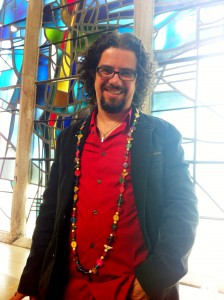 While the topic of reforming the seminary experience has been popular for many years (for ideas forwarded by many leaders check out the Future of Seminary Education), it is atypical for such conversations to include expectations for faculty diversity.
While the topic of reforming the seminary experience has been popular for many years (for ideas forwarded by many leaders check out the Future of Seminary Education), it is atypical for such conversations to include expectations for faculty diversity.
Even though I would have guessed this was an area in which improvement could be made, I was surprised by the latest statistics. Claudio Carvalhaes recently shared that the Association of Theological Schools reported the following data on faculty at their member institutions in the United States:
- Gender: 70% Male /30 % Female
- Race: 79% White / 8% Black / 6% Asian / 4% Hispanic / 2% not reported
So What?
Carvalhaes offers four remarks about the current state of faculty diversity in seminaries and theological schools:
- faculty diversity does not match the diversity of the population,
- faculty diversity does mirror the small percentage of racial minorities in mainline and evangelical protestant churches,
- the liberal “welcoming discourses” we hear everywhere are just another instrument of the patriarchal system to continue its power, and
- much work still needs to be done.
Regardless of one’s position, it is essential to know the actual statistics in order to have an informed conversation about how best to proceed.
- How important is faculty diversity in theological and seminary education? What aspects of the learning experience suffer when diversity is limited or absent?
- As an ideal, should this type of diversity be consistent with the demographics of a given religious tradition or should it match the overall diversity in the country’s population?
- Within the larger scope of seminary reform, how important is increased faculty diversity?